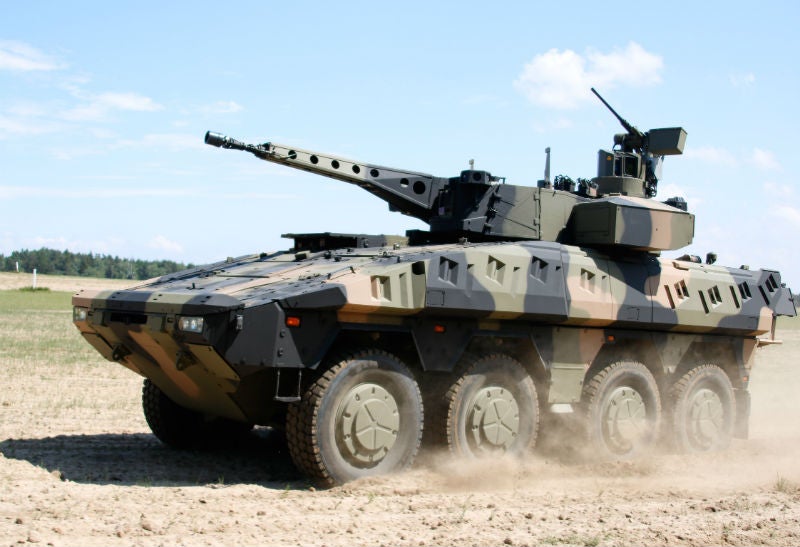
As it was, much of the strength of the command remained tied to areas of defensive patrols, lacking the kind of hunting for which the squadrons were being trained and equipped. It is more than possible that they might have contributed considerably more had they been controlledīy AAF agencies. Those operations, nevertheless, contributed significantly to the defeat of the U-boat in the Atlantic. On both the legal and strategical ground this command became the center of a controversy which overshadowed in importance its actual operations. In an effort to fulfill its mission, the Army Air Forces, through its Antisubmarine Command, planned to carry the fight as soon as practicable to the enemy. It was to give this extraordinary mission something like precise organization, and in a sense to legalize it as a function of the Army Air Forces, that the command was created. It possessed an air striking force and that was immediately thrown into the gap made by the U-boats in the scheme of Western Hemisphere defense. Its forerunner, the I Bomber Command, had been asked suddenly to assume responsibility for a kid of patrol activity hitherto jealously guarded by the Navy as one of its own peculiar functions, and one for which the air unit had no special training.


It came into being essentially because no adequate preparation had been made to meet the submarine emergency. The Antisubmarine Command grew out of a combination of necessity and confused jurisdiction. The story told in this study resembles nothing else in the history of the Army Air Forces.


 0 kommentar(er)
0 kommentar(er)
